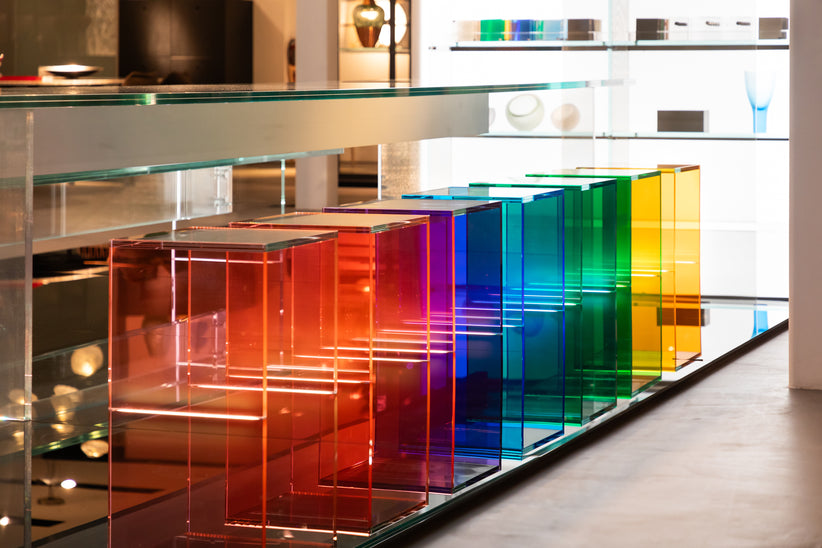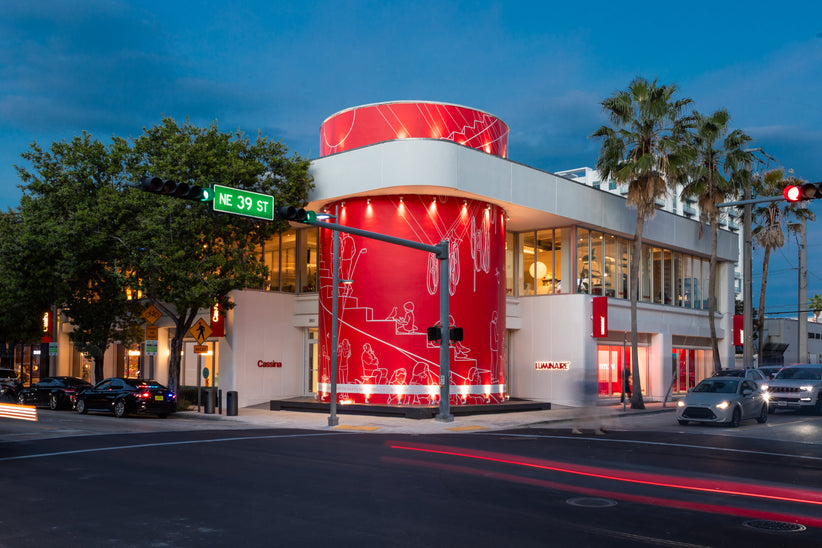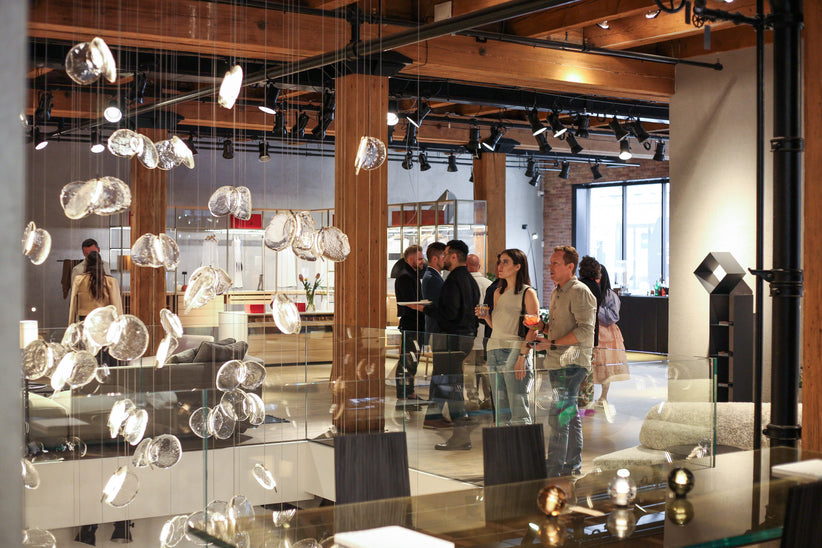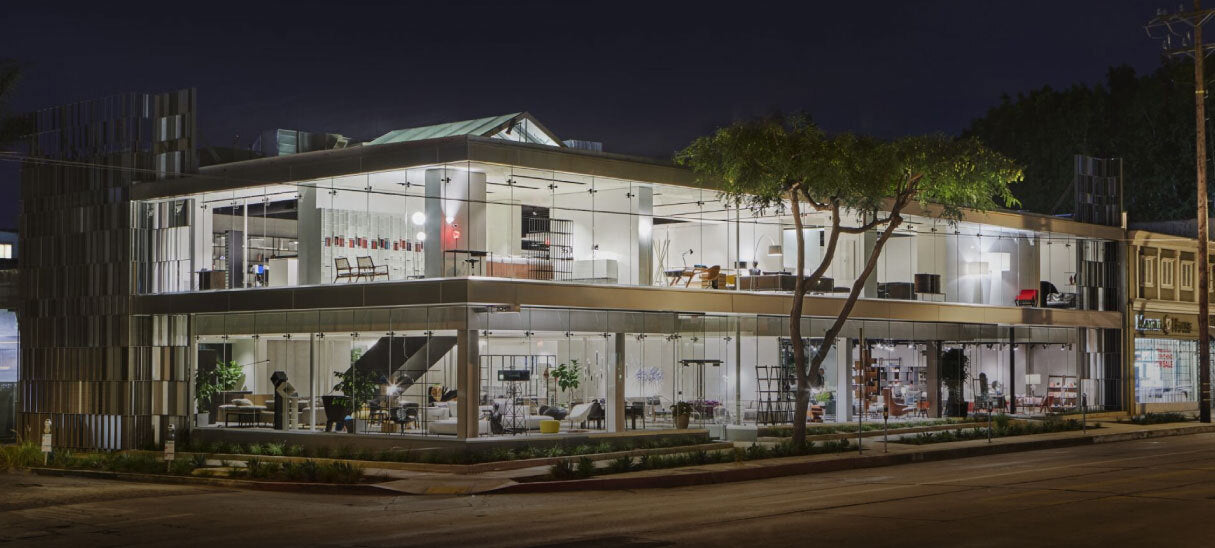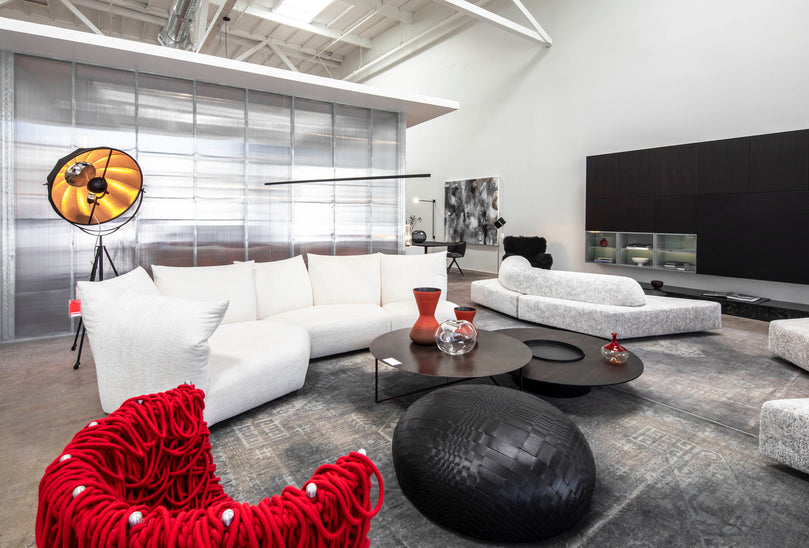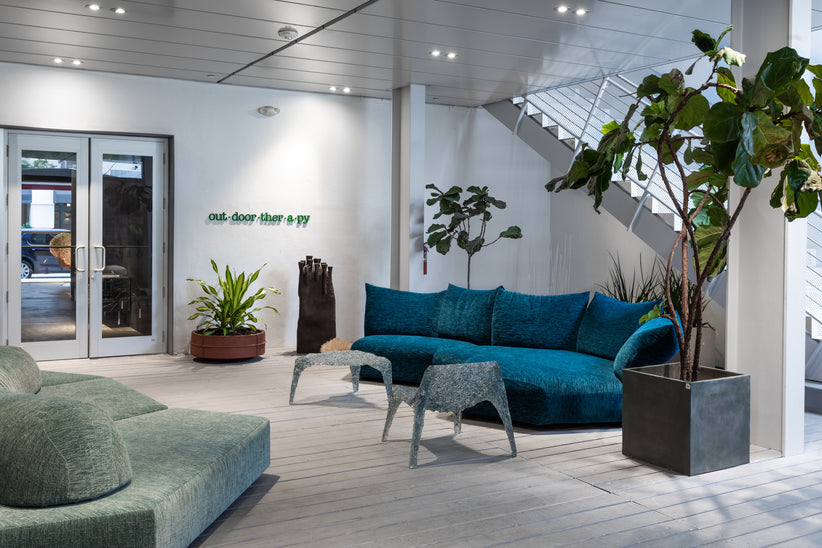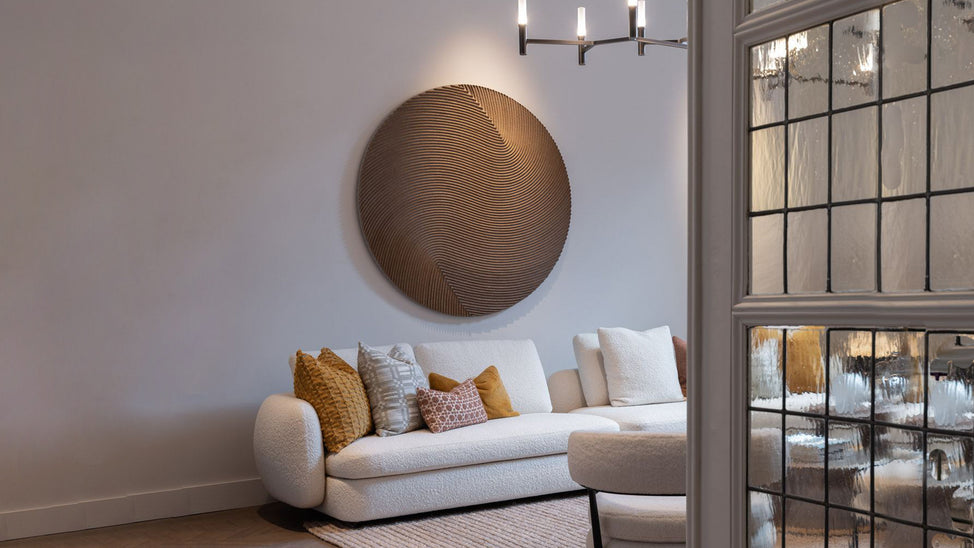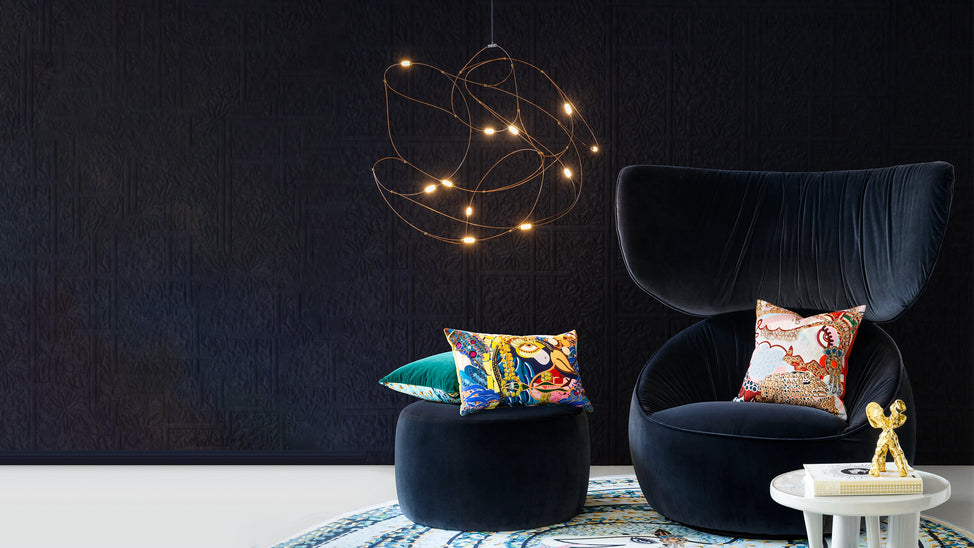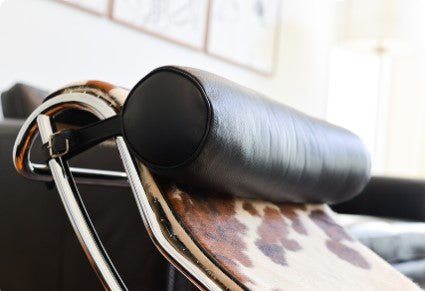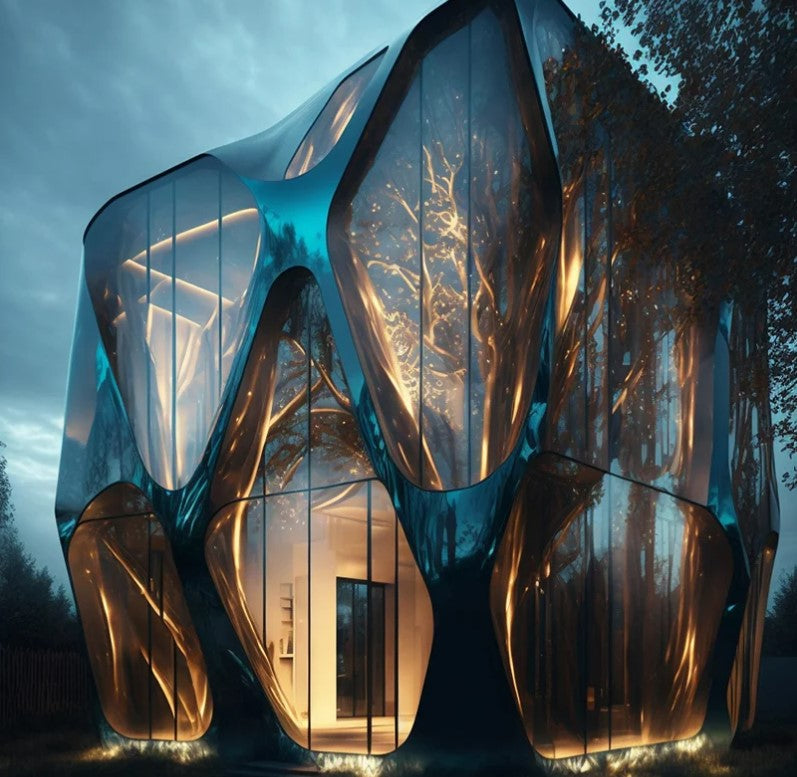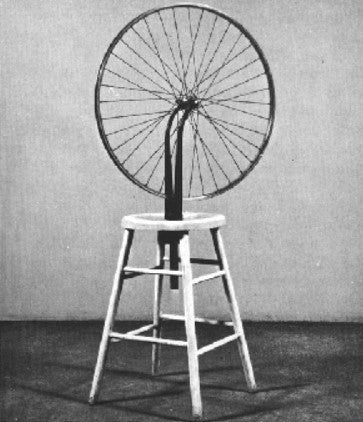“Nothing ever becomes real until it is experienced.” John Keats
Frustration and delight, relaxation and confusion, hope and serenity, these are but a few of the sensations that arise when we encounter design in our everyday, impacting how we interact with our world in ways that can be pleasing and gratifying or aggravating and vexing, depending on how well the design is crafted and how easy it is use. With a proliferation of designed objects that are aesthetic copies of originals, crafted with profit in mind without consideration for the most uplifting experience of the user, we are confronted with questions of the authentic and the fake, whether one enhances our lived experience and how true, real design leaves a mark on the sociocultural landscape in ways that heightens sensation and contributes to our overall well-being in genuine and remarkable ways, transcendent, provocative, awe-inspiring, and sublime.
While an attractive design can catch your eye and bring you pleasure in absorbing the visual harmony and aesthetic ease of the object, for a design to be truly successful, it must encourage people to use it again and again, and therefore find a wealth of merit beyond aesthetic. Good design, real design, makes one feel understood, comfortable, and is easily experienced. As Steve Jobs once noted, “design is not just about what it looks like and feels like. The design is how it works.” Great design further can serve a more noble purpose, with a greater responsibility in inspiring change in how products are made, how we use them, and how we eventually recycle the objects that no longer serve a purpose for us. Real design should be in service of the consumer, making life more inspired, more jubilant, and easier to navigate.
Throughout the 20th and 21st centuries, we have witnessed a migration of a cleaner, more functional aesthetic, where the purity of an object spotlights its strengths and does not mask weaknesses in familiar aesthetics or unnecessary ornamentation. By releasing the crutches of external decoration and unleashing the beauty of unadulterated content, we find ourselves basking in the joyous pleasure of design that is truly authentic, or as Paola Antonelli once noted, a combination of “technology, cognitive science, human need, and beauty that produces something the world didn’t know it was missing.” Design based on a technically ingenious idea rather than on its ability to seduce with aesthetics alone does more than merely craft an aura of simplicity and cleanliness, but generates an experience that is easy to understand, ushering an exuberance of comfort and effortless luxury, representing function in its most optimal form, serving a purpose that makes life more enjoyable and awakens all senses.
Questions of authenticity and its worth permeates contemporary dialogue as we are left to sort through a plethora of objects both real and fake, uncovering the ones that speak to our souls with genuine fervor and bring us joy in even our quietest moments. Iconic pieces from likes of Le Corbusier, Charles and Ray Eames, and Vernor Panton can be seemingly found on a myriad of online retailers, only to discover these are not genuine but knock-offs styled to look like the original. Similarly, new and innovative pieces by designers living today can be swiftly and easily copied, creating a deleterious affect on the designer of the original who spent time, resources, and ingenuity crafting a quality piece only to have the aesthetic stolen for a lesser quality, sometimes less sustainable, and less expensive object. Not only does the proliferation of knock-offs hurt the creators and producers of the originals, they often led to less than gratifying experience for the consumer. While originals are created through a rigorous process of quality and strength testing to ensure the final product is sturdy, well-crafted, comfortable, and sustainable, knock-offs typically only copy the aesthetic and do not reproduce a product that is meant to be long-lasting and ingenious in construction, leading to less comfortable objects that break more easily. Environmental testing, from LEED, Level, and FSC, is strenuous for originals, making sure the whole supply chain is environmentally friendly and that the product leaves as delicate footprint as possible, better for the environment and for the consumer. While all of this testing and quality controls often leads to a more expensive product, the final result is a robust, more satisfyingly functional authentic design that is more than worth the extra cost, making a real design more sensuous, elegant, and advantageous than a fake, with the power to transform one’s experience in the world with grace of use and the potential to become an heirloom, passed down for generations.
For a long-term investment that supports local creatives and is ecologically responsible, it is vital to choose an authentic, original design, ones that take into account a seamless functionality and an ability to make its audience feel at ease, understood, and inspired. Real design is a conglomeration of understanding and catering to a desired audience, making select choices based on the purpose of the design and how one wishes to communicate that purpose visually, with aesthetics that delight in their beauty and welcome an ease of navigation, and finding solutions to a specified problem with grace and tranquility. A counterfeit, a dupe, or a knock-off will rarely inspire wellbeing or encourage a discovery of the fascinating or the sublime, and that’s why at Luminaire we showcase only the best in modern and contemporary design originals, unleashing a lived experience both ripe with curiosity and serenity, transforming how one confronts their daily rituals and occupies their lived space with inviting, interactive, and top quality design, rousing, intuitive, and extraordinary.
April 2024


